In pre-Christmas time, thousands of visitors from all over the world visit Vienna to enjoy the unique atmosphere, taste the punch and buy at least a little something at one of the Christmas markets.
One of the traditional Christmas symbols is the nativity scene – a creative representation of the scene of the birth of God’s child, bowing shepherds and kings bringing gifts. 800 years ago, in 1223, the first nativity scene was organized by St. Francis of Assisi in a cave near the village of Greccio, with individual – living – figures being portrayed by the villagers. The oldest figurative depiction of the nativity scene, similar to today’s cribs, in the Basilica of S. Maria Maggiore in Rome probably dates from the same period.

The Jesuits and Franciscans brought the tradition of cribs to Central Europe in the 16th century. However, it seemed to Maria Theresa that the lavish baroque nativity scenes were distracting the worshippers from the true Christmas message. Therefore, she issued a decree against their establishment in churches. Neither her successor Joseph II. was a fan of nativity scenes, he considered them inappropriate, even childish, and in 1782, he issued a general ban on them. Compliance with the regulation was checked by officials.
And so nativity scenes moved into the households, and especially carvers expanded their activity by carving wooden figures. Next to the traditional figures, various others, typical for the given time or region, began to be added to the cribs. In Vienna, nativity scenes used to be sold at Christmas markets, such as on Graben Street or Am Hof Square, as seen in this 1908 watercolour by Carl Wenzel Zajicek (Source: Bonhams Fine Art Auctioneers & Valuers). The cribs returned to the churches only 14 years after the death of Joseph II, when the ban was lifted in 1804.

However, when people became fond of the custom of decorating Christmas trees – in the 1930s – markets began to sell mainly Christmas trees instead of nativity scenes. Until then, Christmas was more understood as a religious celebration, and St Nicolaus was the one bringing the gifts already on December 6. With the popularity of Christmas trees, that changed – the Christ-child began to bring gifts under the decorated Christmas tree. That is why the most famous Christmas market in Vienna – the one in front of the City Hall – is called Christkindlmarkt. If you are wondering who had the first Christmas tree in Vienna, you can read about it in this article: The Story of the Very First Christmas Tree in Vienna

The gates of Vienna’s Christmas markets will close when Christmas is over, but nativity scenes will remain on display in the local churches until February 2nd. I have chosen eleven churches in the center of Vienna where you can meditate at the nativity scenes on display until this date, calm down and seek peace and joy from the Christmas message. Unfortunately, there are always many people in St. Stephen’s Cathedral, but in some other churches, you will be surprised by the calming silence and even mystical atmosphere. Most of these churches are open between 9 a.m. and 5 p.m., entrance is free.
1. Annakirche – St. Anne’s Church, Annagasse 3B
The youngest nativity scene from this selected collection. It was designed by Austrian sculptor Franz Staud in the form of a wing altar in the 1950s.


2. Franziskanerkirche – Franciscan Church, Franziskanerplatz 4
A beautiful baroque nativity scene with three kings and shepherds in elegant suits and hats.


3. Kapuzinerkirche – Capuchin Church, Tegetthoffstraße 2
Compared to the simple design of the rest of the church, the extremely magnificently furnished so-called Imperial Chapel and in it, a nativity scene with life-size figures.

I recommend it especially for families with children because there are many different animals here – several mice, but also a rooster, a hedgehog, a squirrel and even a wild boar.


4. Michaelerkirche – Saint Michael’s Church, Michaelerplatz 5
The church where a part of Mozart’s Requiem was played for the first time in 1791.

In the left aisle is the Werdenberg Chapel with the altarpiece Adoration of the Shepherds by Franz Anton Maulbertsch. This chapel is remodelled into a nativity scene during this period.

5. Augustinerkirche – Augustinian Church, Augustinerstrasse 3
The former imperial court church, where the wedding ceremonies of members of the Habsburg dynasty took place, including Maria Theresa and Francis Stephen of Lorraine or Emperor Franz Joseph I with the beautiful Elizabeth of Bavaria (Sisi).

Here, too, you will find a traditional old nativity scene with a beautiful backdrop of a Gothic altar in the background.

6. Stephansdom – St. Stephen’s Cathedral, Stephansplatz 3
On both sides of the main altar, lighted Christmas trees shine into the gloom of the cathedral, and on the right, a newborn baby rests in a cradle.

In addition, you can admire two cribs in the cathedral:
– a Tyrolean nativity scene from the 19th century is attached to a column with an altar of Mary in the Sun

– a big crib from 1948 with live small olive, lemon and orange trees

The Three Kings are slowly going on their way, for now, they are displayed at the altar of St. Joseph.

On January 6, the Three Kings will be part of the manger on display, where they will bow down to the child of God and give him their gifts.

In December 2022, an interesting work of art was exhibited in the cathedral – a bronze crib by the 88-year-old Tyrolean artist Rudi Wach. A big golden hand of love protecting the Holy Family.

7. Peterskirche – St. Peter’s Church, Petersplatz 1
The Christmas decoration will surely enhance your wonder at this baroque gem.


The nativity scene is located in the right part of the church.


In Vienna and Lower Austria, there is also an association of friends of nativity scenes who make their cribs. In the crypt of the church, an exhibition of their works is traditionally held before Christmas. Here are some examples from 2022:



This crib by Alfred Gassner was also interesting. It is supposed to warn us not to let Christmas become just a consumer frenzy for us.

8. Minoritenkirche – Friars Minor Conventual Church, Minoritenplatz 2A
The Sicilian nativity scene is a gift from the Foundation of the Institute for the Support of Human Life in Enna, ceremonially handed over in 2008.

One of the target groups of this institution is ex-prisoners or prisoners in the final phase of their sentence. It was them who created this interesting crib with several moving characters and common scenes from the marketplace, street, house, etc.

9. Dominikanerkirche – Dominican Church, Postgasse 4
I was completely alone in this beautiful baroque church.

An oriental crib with big figures can be found in the side chapel behind this lattice.


There are also camels and an elephant!

10. Jesuitenkirche – Jesuit Church, Doktor-Ignaz-Seipel-Platz 1

Nativity scene with only an angel and the Holy Family in a stable with an ox and a donkey.

One legend says that the angel was looking for suitable animals that could serve the baby in the manger. However, the lion was too fierce, the peacock frivolous, the fox cunning, and so on. Then the angel saw oxen and donkeys in the field helping the farmer. When asked what kind of service they could provide to Jesus, they answered that they had only learned humility and patience. The angel was convinced that he had found the right animals…

11. Maria am Gestade – Church of the Virgin Mary at the Shore, Salvatorgasse 12
The oldest church of the Virgin Mary in Vienna and one of the most beautiful Gothic churches in Austria.

The crib with figures in half-life size was created in 1896 by the historical painter Josef Kastner Jr. This work is a true rarity because it consists of three different scenarios. First, there is a stable in an ancient cave where the parents Maria and Joseph are kneeling by the baby in the manger. An angel plays the harp, a shepherd plays the bagpipes.

After January 6, baby Jesus sits in Mary’s lap. The Three Kings arrive.
Before February 2nd, the cave is no longer here. Six-year-old Jesus helps St. Joseph with carpentry work and Mary makes him read the Holy Bible.

Extra tip: Roman Catholic services in English are held at the St. Francis of Assisi Church (Mexikoplatz 12, 1020 Vienna) on Sundays at 10:00 a.m. More information: here

Cover photo: Church of the Teutonic Order, Singerstrasse 7
Text: © Copyright Ingrid, Travelpotpourri
Fotos: © Copyright Ingrid, Travelpotpourri
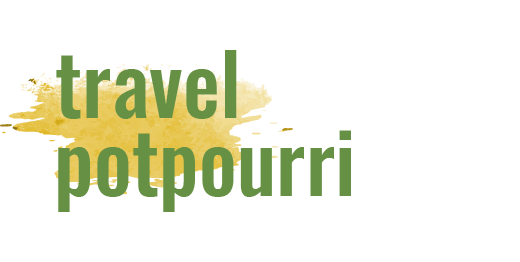
 TRAVEL
TRAVEL











 RECIPES WITH A STORY
RECIPES WITH A STORY
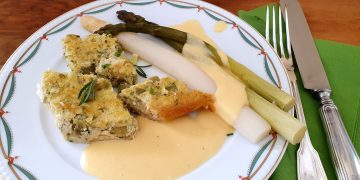
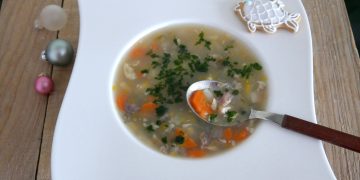

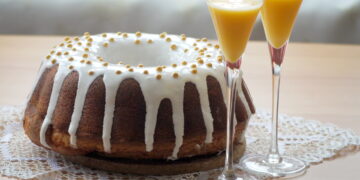

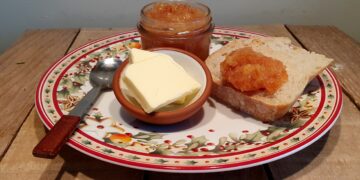
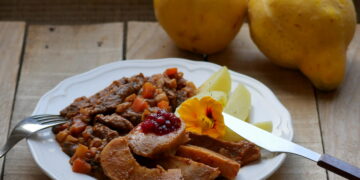
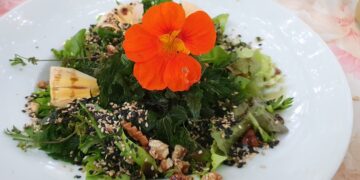



 AUSTRIA-VIENNA
AUSTRIA-VIENNA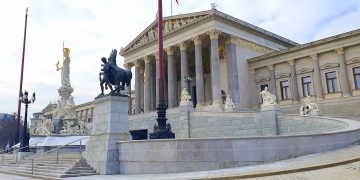
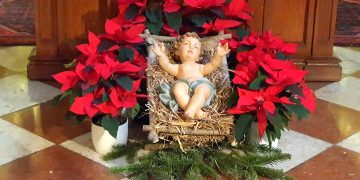

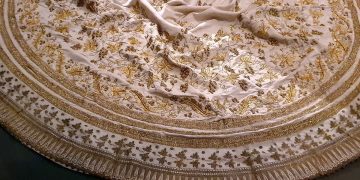
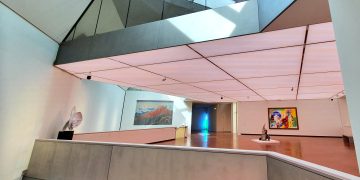
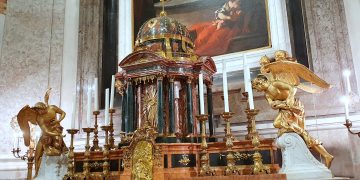

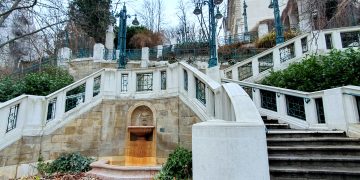




 SLOVAKIA-BRATISLAVA
SLOVAKIA-BRATISLAVA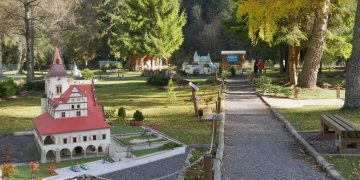
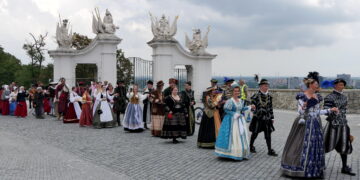

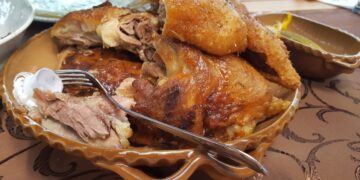
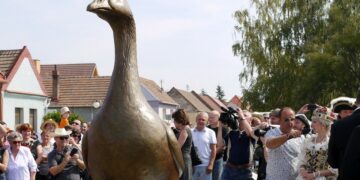
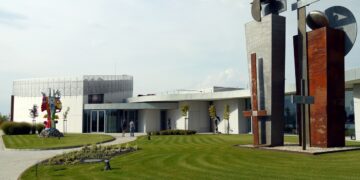
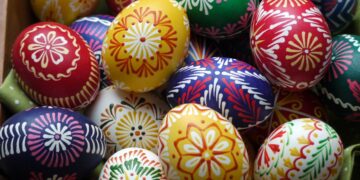
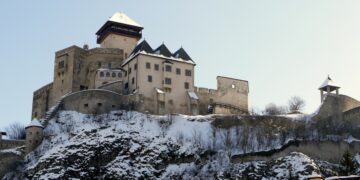
 EVENTS
EVENTS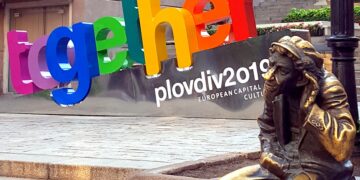
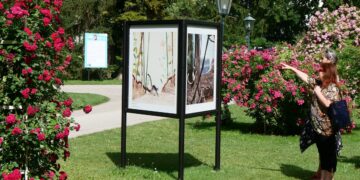
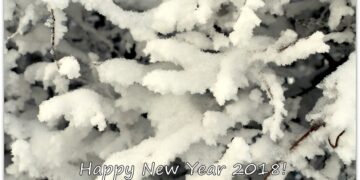
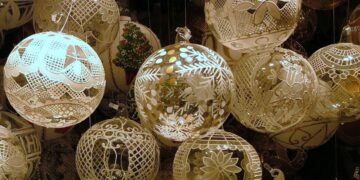
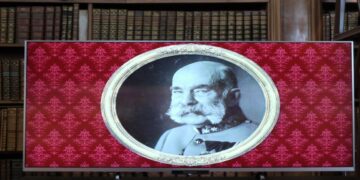
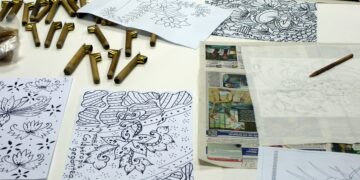
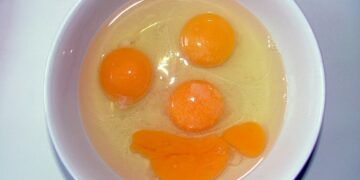
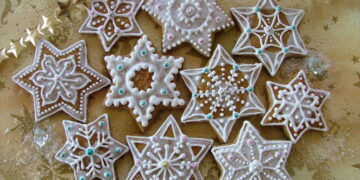
 INTERVIEWS
INTERVIEWS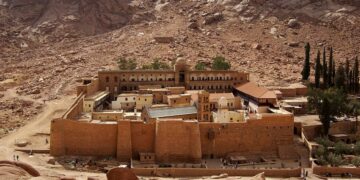
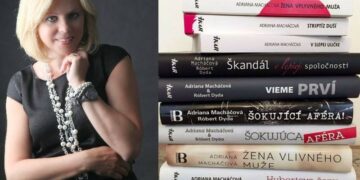
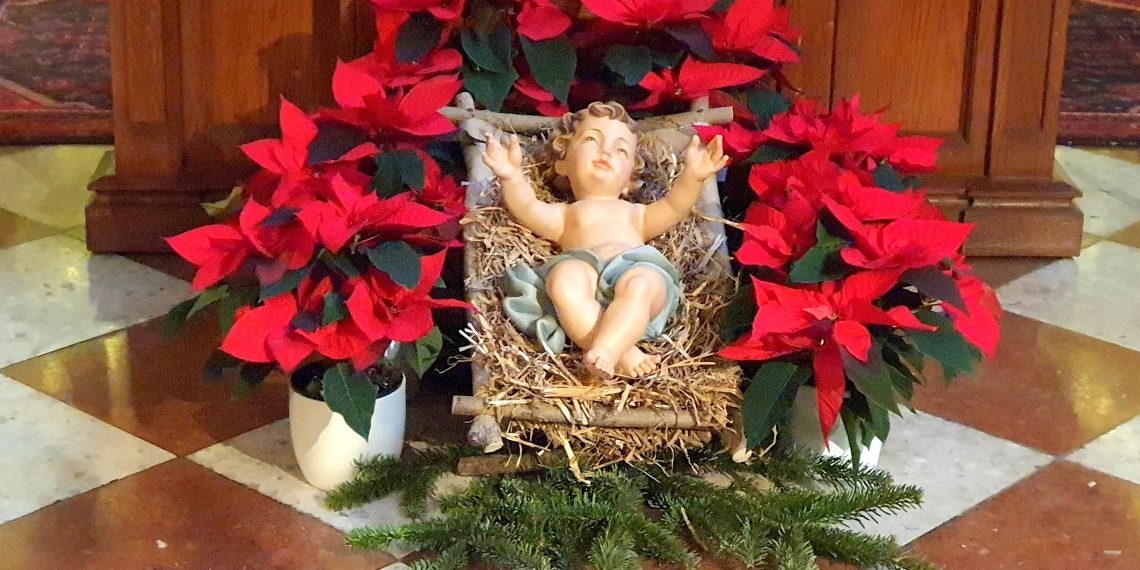





 Cinnamon Stars
Cinnamon Stars 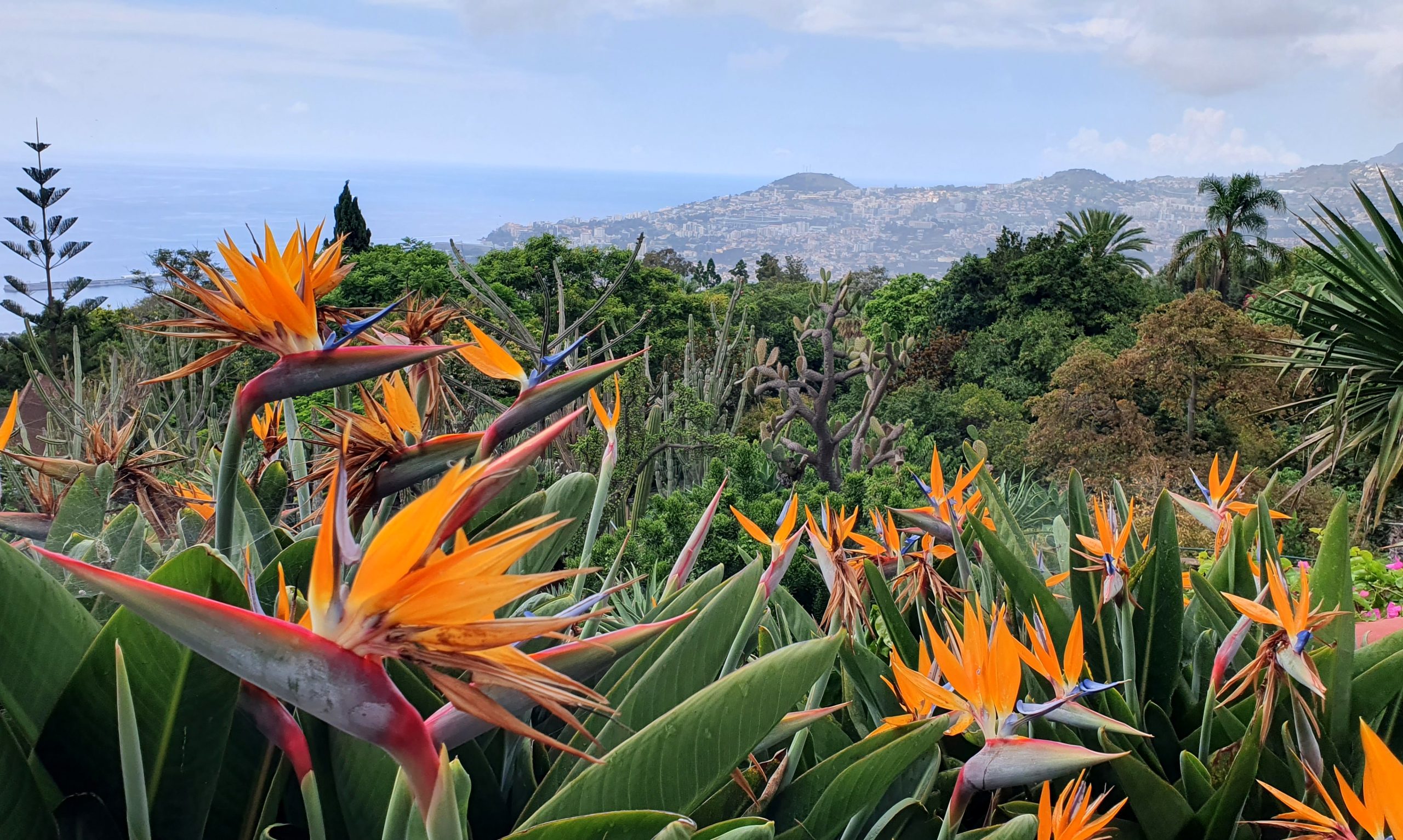 Gardens and Parks – A Fascinating Collection of Flowers and Trees from Around the World
Gardens and Parks – A Fascinating Collection of Flowers and Trees from Around the World 



